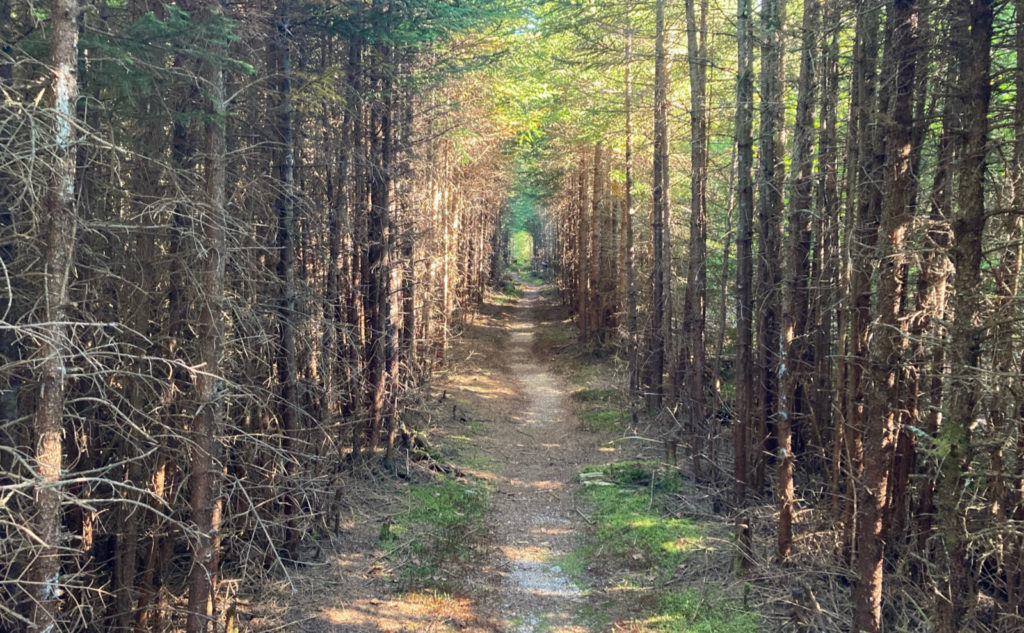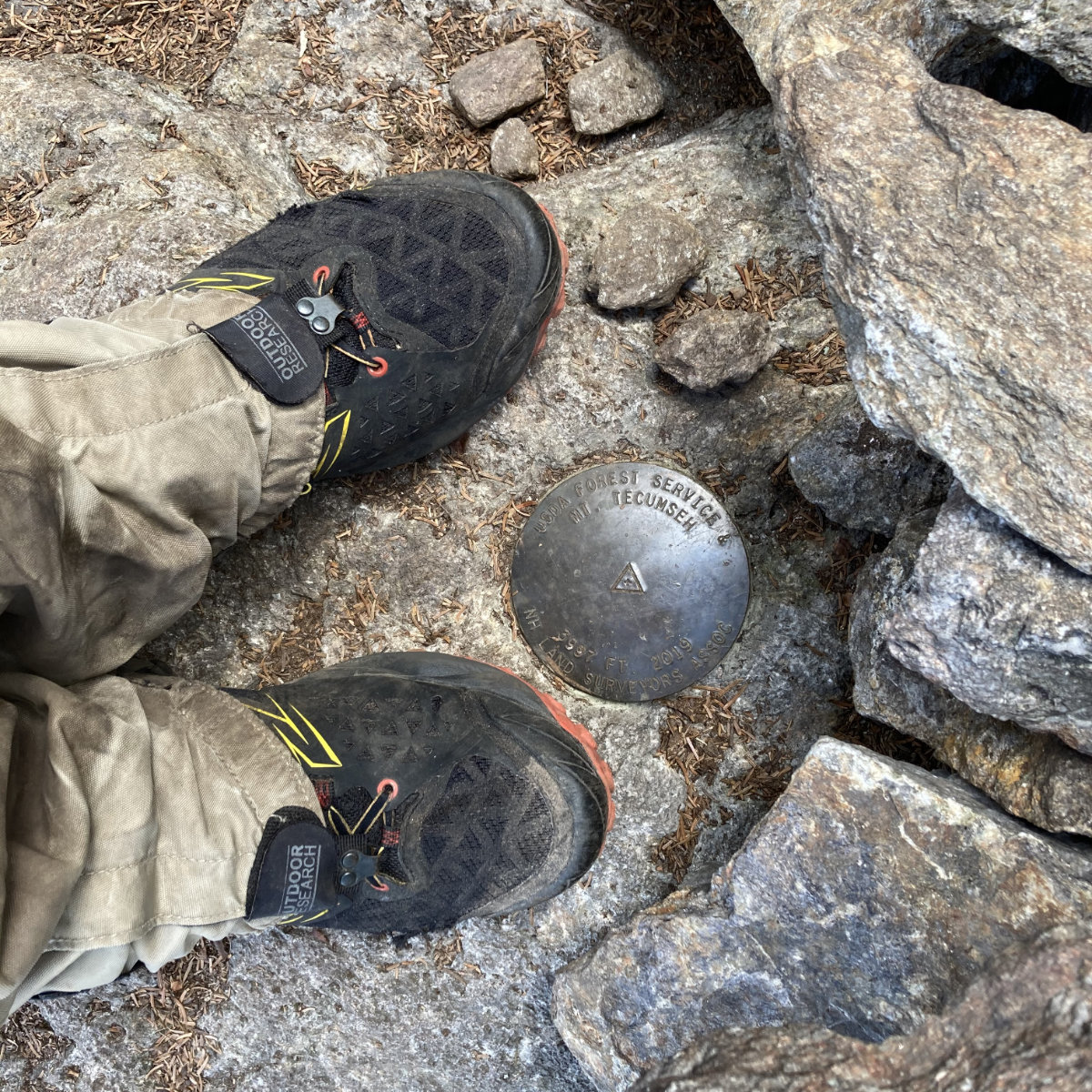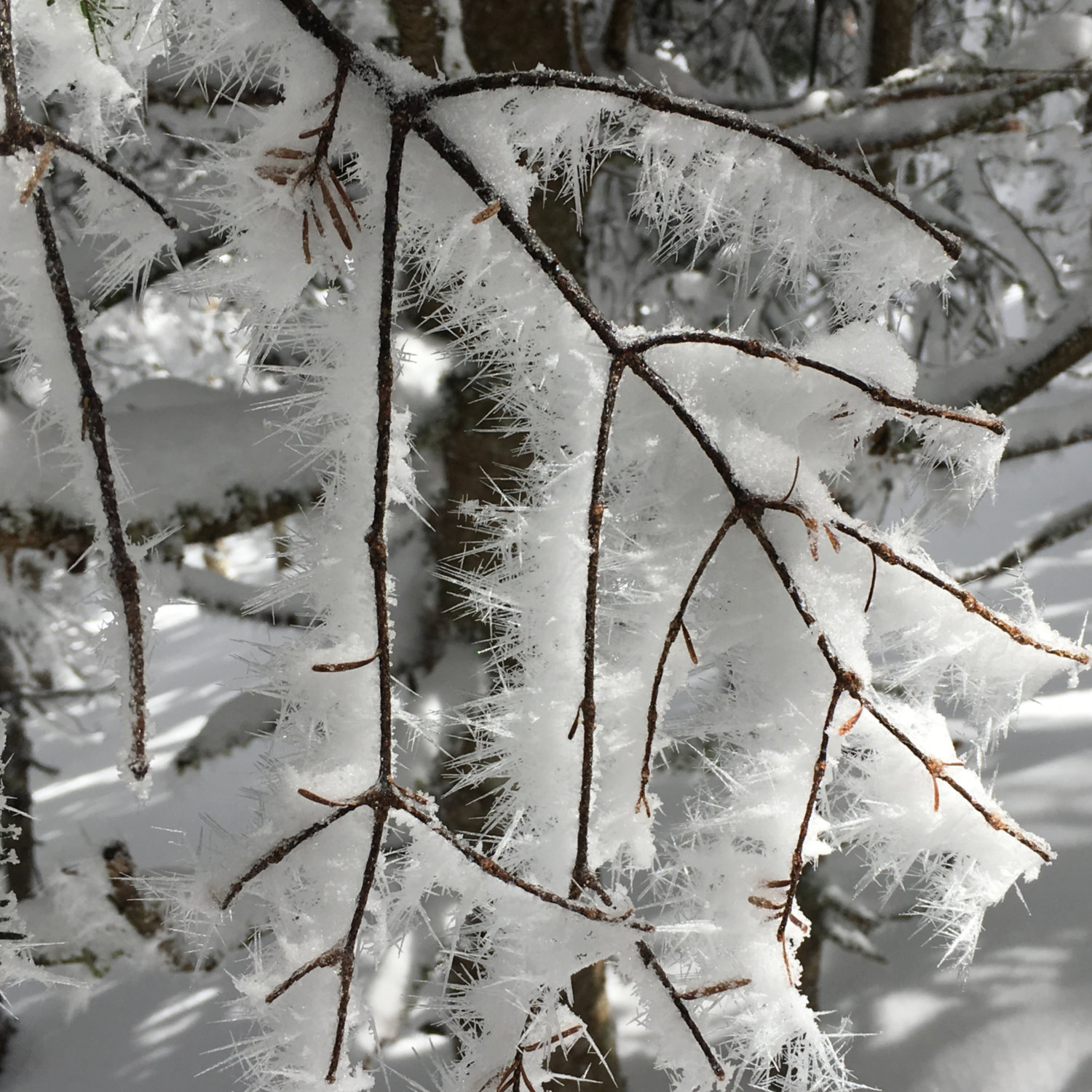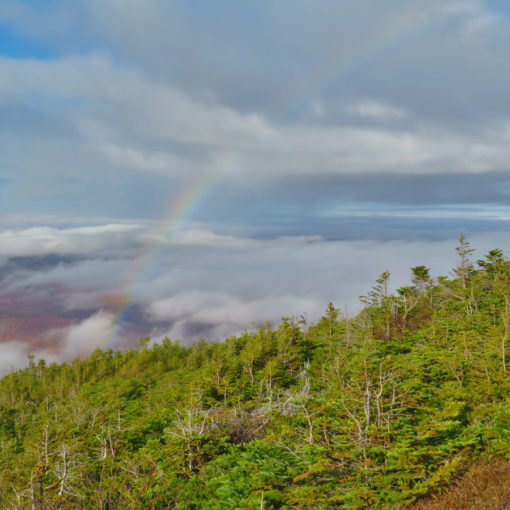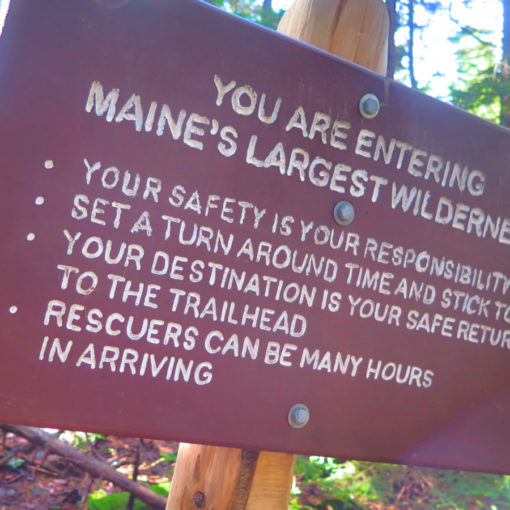In this essay, I’m going to talk about my experience with plantar fasciitis. This shouldn’t be construed as medical advice. A quick search on the internet for causes of any typical flu-like symptom can yield hundreds, if not thousands of potential maladies, and only a doctor has the training and experience to separate the wheat from the chaff, so to speak. Same goes for foot pain. So read this for the entertainment value. As always, seek care from a doctor, not the internet.
So much is riding on your feet
I was at the trailhead last week, exchanging thoughts with a fellow hiker, and the subject of my feet came up. It’s not every day that someone asks “how are the feet?” but hey, not for nothing, we’re in a time when things are weird. Having anyone ask about my well being is actually nice. But the question was more directed than generic. I’ve mentioned my nagging case of plantar fasciitis more than a few times, but beyond its strange spelling, not everyone knows much about it.
More than 90% of your life is perched on 25% of your bones
(Most of your attention is focused on what’s on top of everyone’s neck.)
I’m on my feet a lot at work. I don’t jockey a desk, and any kind of cane or other mobility aid is a non-starter, so any major problems down there, and I’m completely sidelined. Beyond hiking, I actually have a lot of reasons to think about foot health. Most people know exactly what their face and hands look like, and I’d venture to guess that a substantial portion of people spend way more time and treasure caring for their face than any other part of their body. One look around a shoe store, and it’s pretty obvious that many think feet are slaves to fashion, jammed into whatever struts down the runway. Physics and biology play second fiddle to what’s between the covers of a fashion magazine.
Each foot has 26 bones, and that’s counting everything below the two shin bones. Put in perspective, the entire adult body has 206 bones (you’re born with many more, but a bunch fuse together as you grow into adulthood.) About a quarter of your bones sit below your knees. Think about that: go into the drugstore and look at the vast real estate dedicated to hair care and cosmetics. Even for us guys, we’ve got gobs of options where it comes to shaving, hair gels, and the like. Now go find where they keep foot care stuff. At least in my experience, it’s all of three feet worth of shelf space, in the back, somewhere near the laxatives and incontinence supplies. Oh, and oddly, sometimes you’ll find it’s not too far from the pain relievers. Maybe there’s something to that last bit. Ironically, the stuff to fix your aching feet is the longest walk from the door. What’s up with that?
What the heck is plantar fasciitis, anyway?
There’s a lot of discussion that it’s improperly named, for one. Anything with “-itis” for a suffix indicates an inflammation. So tonsillitis is when your tonsils get inflamed. Appendicitis, your appendix. And so on. The telling thing is that for many people, an anti-inflammatory (like ibuprofen) doesn’t do much, because plantar fasciitis isn’t really inflammatory. There are some who believe it’s more properly called fasciosis, indicating a degeneration of the tissue of the plantar fascia. For this essay, I’ll be going with the more common description, though in my experience, Advil hasn’t done even nearly as much for me as some of the websites would promise.
The plantar fascia is a thick, fibrous band of connective tissue that runs, a bit like a bowstring, from your heel bone (the calcaneous) to the ball of your foot. (Wikipedia has a page on this, but unless looking at pictures of cadavers is your thing, I’d look it up very carefully.) It puts spring in your step, and so contributes to the conservation and transfer of power through the various phases of your gait, along with providing support. Some say the root issue is an inflammation of the plantar fascia at the heel, others say it’s a culmination of micro-tears that overwhelm your body’s ability to fix them. (And on that, the muscle soreness you feel after a hard workout is also the result of micro-tearing. Your body is in a constant state of fixing itself from all the things you do with, and to it. It’s usually not a problem unless done to excess.)
There are several typical risk factors including flat feet, and conversely, high arches. Being overweight, over pronating or over supinating. (That means rolling your foot inward or outward when you walk.) Standing for long periods, especially on hard surfaces. Having poor flexibility. Having a fondness for stiletto heels. And in athletes, typically it’s an overuse injury, which can be exacerbated if you don’t swap out your worn-out footwear regularly. Which one of us isn’t permanently guilty of that last one? We always push ourselves to go higher, faster, longer. And our footwear tends to stick with us; wear happens on such a long scale that it becomes hard to notice our shoes are beat unless the soles are worn flat. It’s easy to notice the fresh bounce of new shoes, but losing that bounce is a very long, drawn-out creep. Things feel pretty much the same today as they did yesterday. So why change anything?
For those who pay attention to hikers on YouTube, Dixie did a great post on her experiences. For what it’s worth, the stretch that she demonstrates, with her foot against the trunk of the tree, seems to have done the most for me. Your mileage may vary, of course. Getting back to things…
It started with some pain
Sometime in late winter, I began noticing a distinctive pain in my heel; it was a burning, stabbing sensation, and might have covered a thumbnail-sized area at most. Very localized, and only on stepping down. I didn’t think much, because I jump down off the back of a truck fairly routinely, and so I might have bruised something for all I knew. “A couple weeks or so” was what I expected, at the most. Hoo-boy, if I only knew back then what I know now.
Over the next few weeks, I began to notice a few things, the biggest one being that it just wasn’t going away, and in fact, was popping up more often. Then I noticed it was really bad in the morning, but would go away somewhat once I got moving. By the time I was done with breakfast, things had sorted themselves out, for the most part. The bugaboo was that I’d broken the same ankle, just about a year ago. Could this have been sequelae from that? Rather like the bone-head that I’m perfectly capable of being, I tried to put it out of my mind, thinking I’d just soldier on and eventually the pain would go away.
But there were confounding variables
Some may recall that this winter was just plain weird. The snowfall wasn’t what it normally is, even correcting for usual variations, and indeed, we got a lot of our snow in the form of rain. The February thaw lasted longer. At one point, probably around April, we had a string of unseasonably warm days, and wow, cooped up me wanted to run. A lot. And fast. I’d not done much running all winter long, so I just let ‘er rip, trying to make up for lost time. Moving fast and sweating buckets every chance I got made me feel great. Which is wrong. Anyone who runs knows that you work on distance, or you work on speed, but not both at the same time. And you throw your shoes out after a few months. I broke all three of those rules. Indeed, I was looking at some old race photos, and one showed me crossing the finish line (in third place in my division, as I recall) two years ago. Yep, those same kicks were on my feet. Go team.
Just to clarify what this meant… pre-COVID, I could run a 5k at a sub-7:00 pace. Generally, I’d finish those 3.1 miles in 22 minutes or so, and my personal record is 20:45. I have the pleasure of knowing that in middle age, I was running faster than many teenagers, and indeed, some days, I still felt like one. (That’s the power of exercise, folks!) Stupidly, after not having raced in about a year, I went nuts, and went from running at about a 7:30-7:40 pace, to chasing down a 7:10-7:20 pace. Knocking ten seconds off your pace is good by any measure. Knocking off 20? That’s obscene. I really should have known better, and I’m really glad that for all my sins, I only just have plantar fasciitis as my penance.
Eventually, I realized my pain was very much not going away. I hit the internet, and after a good amount of time poking around, realized that every which way I worded it, all signs pointed to plantar fasciitis. It was just checking every box. OK, so what now?
Medical advice says…
Looking at the various internet sites, one thing came clear. Usually you see your doctor, they ask a lot of questions. Maybe you go for imaging, just to rule out something else, like a stress fracture or something. And then, in most cases, you take a break from things. I asked some of the doctors I work with, as well as a few coworkers whom I know have active lifestyles — the guy who loves mountain biking and climbing, the runner… those folks. The consensus was “oh, I had that a few years ago, and it was hell, and it took forever to go away!” combined with “the thing that saved me was new shoes and stretching.” The doctors I asked said “y’know, you should go see podiatry, but it sounds like you got it.”
OK. So here’s where I remind you. I see doctors all the time where I work: it’s easy for me to grab a moment of someone’s time and get a word of advice. I’m betting that you, my dear reader, don’t have this luxury, so please, if you’re feeling an odd ache or pain, then you really should go get checked by a doctor. Don’t pretend your internet search is going to be even a fraction as comprehensive as a doctor’s residency, never mind the rest of their training.
What to do now?
I’ve mentioned that you should see your doctor. And while the vast majority of cases are managed conservatively, sometimes things are more involved, and (thankfully, rarely) may even involve surgery. For me? I got away with conservative management. It’s been a long slog, and my summertime plans to hike bazillions of miles, do a couple overnights, and whatnot all got scotched. Your mileage may vary, though. Your bod is different to mine, your activities and circumstances are different to mine. Your treatment plan may very well be different to mine.
The cheapest intervention was to dial back my outdoor activities. In athletes, it’s usually an overuse injury, so this was not the time for me to spend every waking moment dancing across the rocks on the northern Presidential range. Instead, I spent some very memorable, yet short and sweet miles on the Wapack Trail. Athletes are notoriously incapable of sitting still, so often times, “rest” becomes a balance of activities that keep the body busy while minimizing stress on the affected area. Remember when I went kayaking? Every bit as fun, and I was well and truly off my feet the whole time.
Next cheapest intervention was a lot of stretching and foam-rolling. I got a couple hand-held rollers that do wonders to break up the fascia, and they provide a lot of relief. I can bring them to work, for those times when things tighten up. They work wonders. One doctor recommended getting a sleeping boot, as long as I could tolerate it (and funnily enough, I sleep just fine with it, which is more than I could say about the splint I was expected to wear to bed when I broke my ankle.) It holds my foot in a 90 degree position, rather than allowing my foot to point downward as it would normally do, keeping the plantar fascia stretched somewhat.
Wallet-ectomy: AKA new shoes!
After that, things got expensive, meaning I had to stretch things out over a few weeks. The biggest, easiest change was using Dr Scholl’s inserts. They make a plantar fasciitis-specific model, but their inserts for runners provide similar relief. I’ve found they push up on my arches a bit on the noticeable side, but interestingly, it feels good… supportive. They’ve also got a lot of padding on the heel, which is essential for me. Initially, they were about $20 per pair, but lately, I’ve seen them for much less. Still, going through all the shoes on my “active roster”, that amounted to a lot of money. Work boots, running shoes, trail runners… it added up quickly. And as I replaced my shoes with new ones, I ripped out the factory inserts, replacing them with a fresh pair of Dr Scholl’s. (It’s total marketing, but they’ll email you in a few months when it’s time to replace — and it’ll probably be time to get new shoes, for that matter.)
I replaced my ten year old work boots, which felt like tossing a bomb into my wallet, because I went all-out on my new ones. (They’re German, and rated to protect me against all kinds of things.) But wow, that’s made a huge difference, because hey, I’m in my boots for a minimum of 40 hours each week, and realistically, half my waking hours. Those running shoes from two years ago? Alas, despite their eye-catching red color, they had to go. My comfy Merrell jungle mocs? Them too. My old Salomon trail runners, that have since become my “doing chores around the house” shoes? They still have some meaningful life left, but they’re going out the window fairly soon, probably by the end of autumn.
What now?
So I can happily report I’m recovering. Note that’s “ing”, not “ed”. I still wear the boot to bed, but many days, I’m feeling slight discomfort, rather than outright pain. I find I have to stretch during the day a lot, but that’s often mediated if I’m doing at least a modest amount of walking every hour or so. The general guidelines indicate about a 6-18 month long recovery period, which means I’ll be dealing with this for probably another year.
I’m back to running again. I’ve got a new pair of Newtons, which I adore, yet I plan on tossing them in about four to six months. I won’t win any races at my current “slow” pace, but hey, just the sensation of my body moving through space is enough. Starting back up, I struggled to run slow, telling myself to keep to at least an 8:30 pace. Those first couple of runs were horrible. My mechanics were off, and I felt the booming thud of every footfall. Then I decided to “run slow” but forget the time. I’d just let my body pick a slow pace, and go with it. That turned out to be a great idea, because my mechanics fell back into place, movement became effortless, my footfalls light as a feather. Listen to your body, folks!
My trail runners “lasted” two seasons, which was probably one too many. In any case, they got swapped out for an identical pair. They were great before, and now they’re great again. If you’re hiking every week (as I do) you should probably budget for a new pair of shoes every six months. Maybe bookend the seasons. When the snow goes away, new shoes. When the snow comes back, new shoes. It’s not about how flat the sole gets, but about how bashed and compressed the foam above the sole gets. Shoes with even 200 miles under them aren’t going to be as supportive as ones that are fresh out of the box.
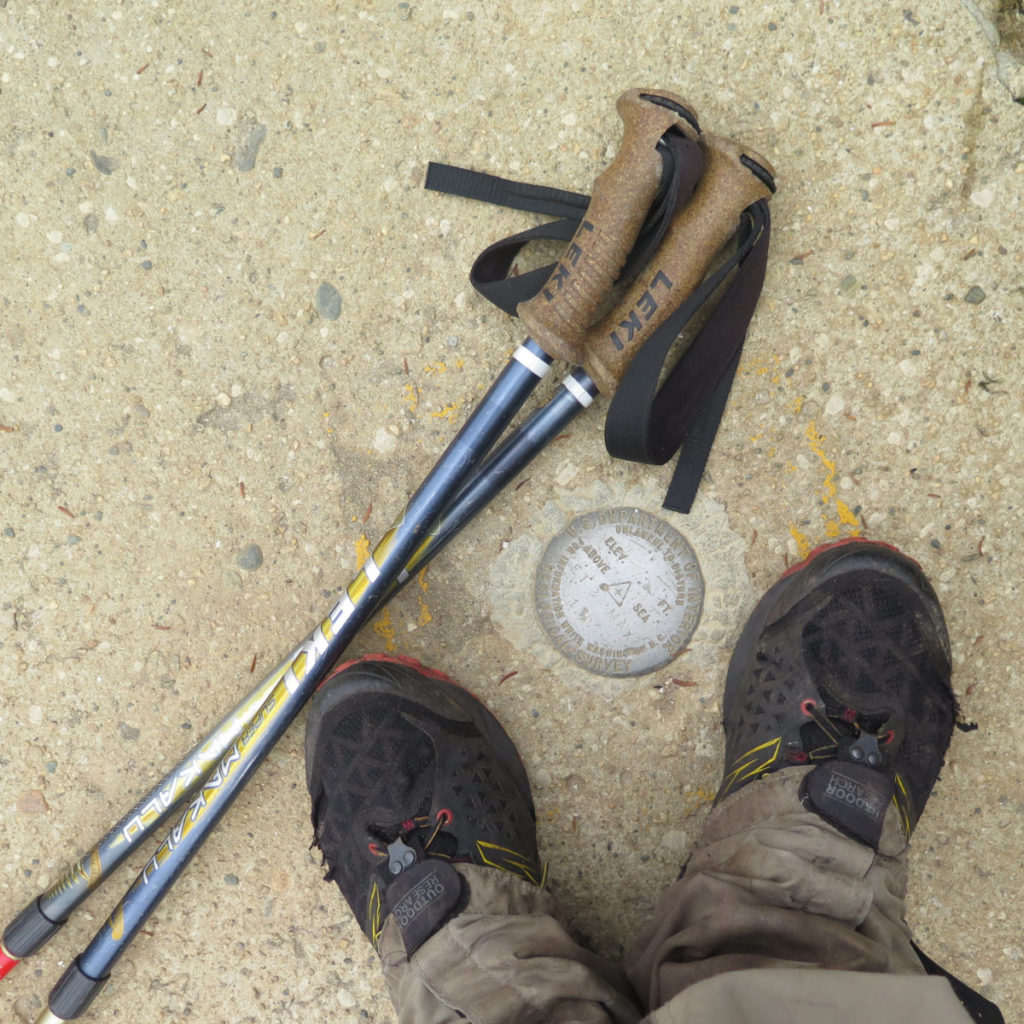
In terms of hiking, yep, I’m back in the Whites, home of the more challenging terrain. And yet, I’m picking my trails carefully, preferring soft duff on easy grades instead of rocky terrain that has exciting views but endless rock-hops. I’d wanted to do Chemin des Dames this summer, but that’ll wait until next year. I’d also wanted to do another Pemi Loop, but thinking even just of Garfield put the kibosh to those plans. I might still do an overnight somewhere easy… maybe some of the AT between Hanover and Moosilauke. We’ll see. One thing’s for sure, mileage is still on the short side. Around mid-afternoon, my feet start getting a bit cranky. I’m not out of the woods just yet.
And while I was in the habit of tracking mileage on my running shoes, it’s gotten me really thinking about tracking my other shoes. First is that a flattened out sole is no-longer the hallmark of a “well broken-in” shoe. It’s probably going to be done by intuition as much as anything else, but the threshold will be lower. I had a gizmo on my running shoes that tracked actual mileage, via an app on my phone, of each individual pair (I usually tossed them at about 400 miles) but alas, that company got bought and sold, so that went out the window. Stay tuned, because I’m looking for a viable alternative.
Anything else?
So normally, I’m all about recycling and reuse. Some would make the argument that as long as the uppers are in halfway respectable shape, someone else (read: someone who doesn’t even have two pennies to rub together) could wear those shoes. And last year, I’d have agreed with you. Today, my opinion is the opposite. You’ll likely do more harm than good by giving your old shoes to someone else, so I recommend tossing them. If there’s any chance of actually recycling (as in: “turn the plastic into new goods”) then by all means, but I’d say no to reuse as an actual shoe. If your conscience requires, go buy a pair of new shoes sized for an average adult, and toss them in the Goodwill collection box. On that, you have my blessing.
Beyond that, as always, listen to your body. It’s normal to fight past normal aches and pains — the stuff you get when you’re sore after exercise, for example. If it’s still with you a day or three later, that’s probably abnormal, and you should get it checked. It’s far easier to fix a problem in its early stages. Sometimes, the best plan is no plan: even as I write this, I’m looking at the lovely weather, and I’m tempted to go for a quick run. But I’m remembering I ran yesterday, and plantar fasciitis is very much an overuse injury. It hurts to do so, but sitting this one out will be the smarter idea. Seriously, folks, sometimes it’s smarter not to hike.
As always, be safe out there.
